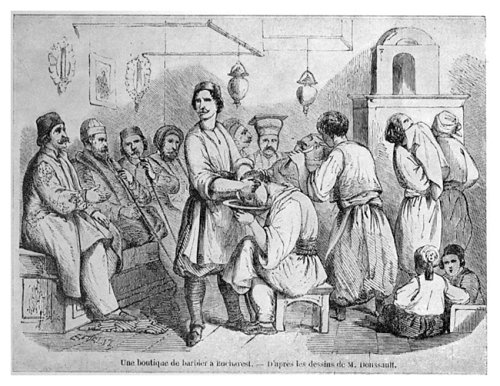In December 1976, the television program The Six Million Dollar Man was shooting an episode at California’s Long Beach Pike amusement park when a crew member discovered a wax dummy hanging in a funhouse gallows. When he tried to move it, its arm broke off — it wasn’t a dummy, but in fact a mummified human body. Stranger still, its mouth contained a 1924 penny and a ticket from the Museum of Crime in Los Angeles.
After much investigation, it turned out to be the body of Elmer McCurdy, an inept outlaw who had been killed in an Oklahoma gunfight in 1911. When no one claimed his body, an unscrupulous undertaker had embalmed it and charged a nickel to see “The Bandit Who Wouldn’t Give Up,” and for 60 years thereafter McCurdy’s corpse was traded among wax museums, carnivals, and haunted houses.
Elmer was finally buried, fittingly, in the Boot Hill section of Oklahoma’s Summit View Cemetery under two cubic yards of concrete. Ironically, his last words had been “You’ll never take me alive!”






